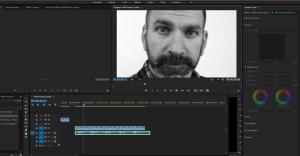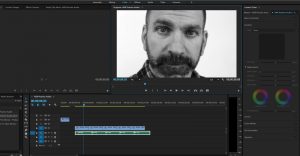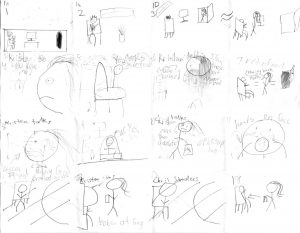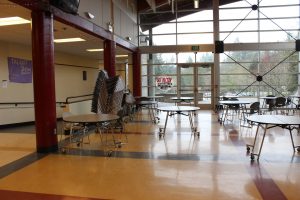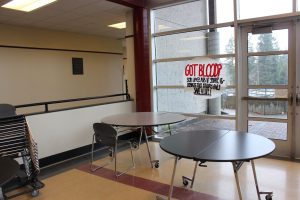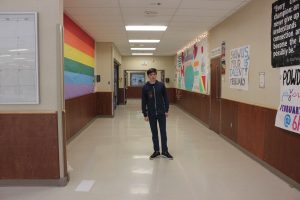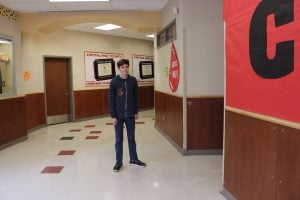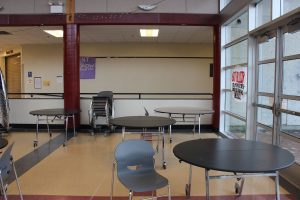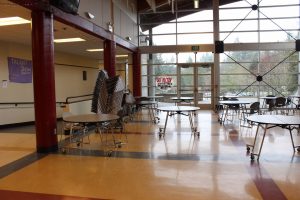Music by Jesse Kruger. Image found on Flickr.com. Found on April 13, published on February 7th 2007.
Summary
In this project, I composed a short soundtrack for a scene of the film The Wind Rises. In this project we had to use garageband (a software used to create music) to compose a soundtrack for an earthquake. I composed two separate parts of the scene. For the first part, I went for a dangerous sound and for the second part I went for a sad song.
Film with Composition
In this film I used the m6m chord for a feeling of danger that wasn’t very character based. I also used the M4m for a feeling of sadness and loss.
DAW Evidence
What I Learned and Problems I Solved
In this project, I learned how hard it is to be a composer. It is relatively easy to find out which chords to use but hard to come up with a melody. I learned how to use garageband and how to use it to compose music. I also learned what chords to use for different tones. At one point a few of my chords were in a place in the song that they shouldn’t have been in. I used garageband to edit out the individual notes to fix it.




